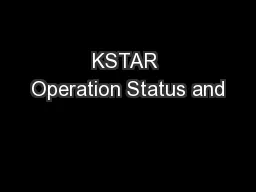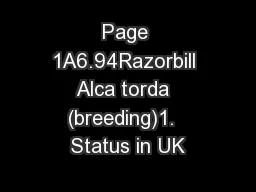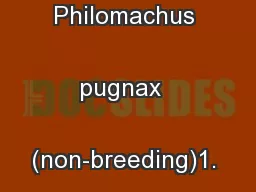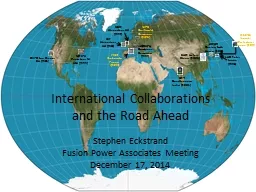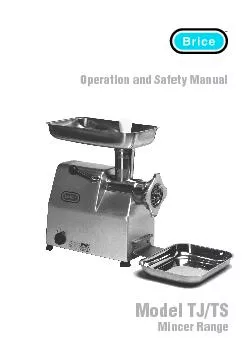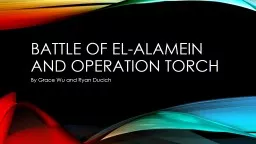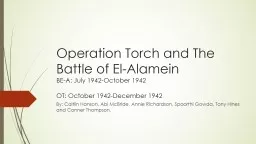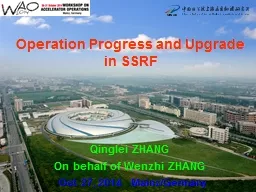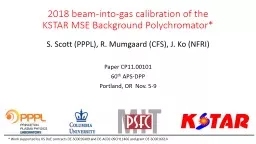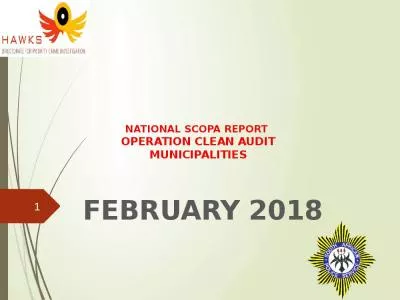PPT-KSTAR Operation Status and
Author : lindy-dunigan | Published Date : 2016-05-11
Plan for 20092010 July 27 2009 M Kwon and the KSTAR Team National Fusion Research Institute EPICS Technical Meeting NFRI July 2729 2009 Outline Introduction
Presentation Embed Code
Download Presentation
Download Presentation The PPT/PDF document "KSTAR Operation Status and" is the property of its rightful owner. Permission is granted to download and print the materials on this website for personal, non-commercial use only, and to display it on your personal computer provided you do not modify the materials and that you retain all copyright notices contained in the materials. By downloading content from our website, you accept the terms of this agreement.
KSTAR Operation Status and: Transcript
Download Rules Of Document
"KSTAR Operation Status and"The content belongs to its owner. You may download and print it for personal use, without modification, and keep all copyright notices. By downloading, you agree to these terms.
Related Documents

